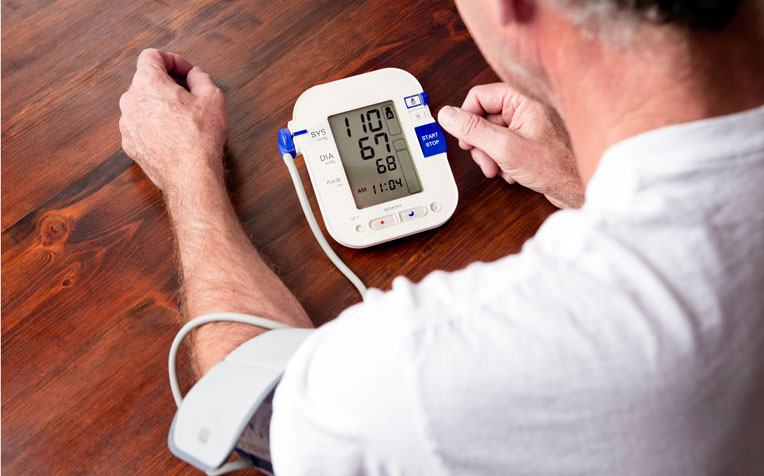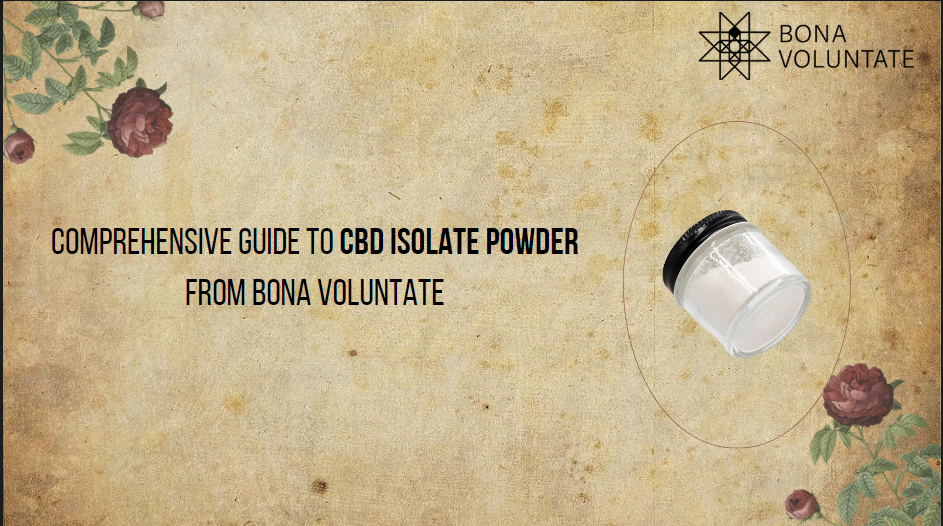How to Raise Blood Pressure Immediately at Home: A Comprehensive Guide

Low blood pressure, medically known as hypotension, might not seem as concerning as high blood pressure, but it can cause alarming symptoms like dizziness, fainting, blurred vision, and even shock in severe cases. If you frequently experience episodes of low blood pressure and are looking for how to raise blood pressure immediately at home, this guide offers practical and safe solutions. However, it is crucial to consult with healthcare professionals to ensure these methods are suitable for your specific health conditions.
Understanding Low Blood Pressure
Before diving into remedies, it’s important to understand what constitutes low blood pressure. Generally, blood pressure readings lower than 90 mm Hg systolic or 60 mm Hg diastolic are considered hypotensive. Symptoms that often accompany low blood pressure include:
- Dizziness or lightheadedness
- Fainting (syncope)
- Blurred vision
- Nausea
- Fatigue
- Lack of concentration
These symptoms can occur because the brain and other vital organs are not receiving enough blood and, consequently, not enough oxygen.
Immediate Remedies to Raise Blood Pressure
1. Increase Fluid Intake
Dehydration is a common cause of low blood pressure. It reduces blood volume, meaning there is less blood circulating through your body, which causes a drop in pressure. To counteract this:
- Drink water: Plain water is the best option to hydrate quickly.
- Sports drinks: These can be beneficial due to their electrolyte content, helping balance the electrolytes in your bloodstream and improve blood pressure.
2. Have a Salty Snack
So, how to raise blood pressure immediately at home? Salt (sodium) is another rapid method to raise blood pressure because it retains water in the bloodstream, thereby increasing blood volume.
- Salty snacks: A few crackers, a handful of pretzels, or salted nuts can help.
- Salt in moderation: Be cautious with salt intake, especially if you have heart or kidney conditions. Consult with a healthcare provider regarding the appropriate amount.
3. Consume Caffeine
Caffeine can cause a short-term spike in blood pressure by stimulating the cardiovascular system and increasing heart rate.
- Coffee or tea: One cup of coffee or tea can provide a temporary boost.
- Monitor your body’s reaction: Caffeine can affect individuals differently, so observe how your body responds.
4. Eat Small, Frequent Meals
Eating large meals can cause blood pressure to drop, as your body increases blood flow to the digestive system.
- Frequent, smaller meals: Reduce meal size and increase meal frequency to help maintain steady blood pressure levels.
5. Wear Compression Stockings
Compression stockings can help reduce the pooling of blood in the legs, supporting better blood circulation and helping elevate blood pressure levels.
- Fitting: Ensure they are well-fitted to achieve the best results.
6. Physical Position Changes
Simple physical movements can also affect blood pressure:
- Elevate your legs: Lying down with your legs elevated above the level of your heart can increase circulation and blood pressure.
- Slow body movements: When getting up from a lying or sitting position, do so slowly to prevent drops in blood pressure.
Lifestyle Adjustments for Managing Low Blood Pressure
Besides how to raise blood pressure immediately at home with the immediate remedies, certain lifestyle changes can help manage or prevent low blood pressure:
1. Optimal Hydration
Hydration plays a pivotal role in blood pressure management. To prevent such drops:
- Drink Plenty of Fluids: Aim to drink at least eight 8-ounce glasses of water per day. The amount can vary based on your activity level, the climate you live in, and your overall health.
- Balance Electrolytes: While water is essential, maintaining a balance of electrolytes (like sodium and potassium) is also crucial. Consuming beverages that offer electrolyte replacement can be beneficial.
2. Nutritional Interventions
What you eat significantly affects your blood pressure. Here are some dietary considerations:
- Small, Frequent Meals: Eating large meals can cause blood pressure to drop, as more blood is diverted to the intestine to aid digestion.
- Increase Salt Intake: Unlike advice for high blood pressure, low blood pressure management might include increasing salt in your diet.
- Balanced Diet: Ensure your diet is rich in fruits, vegetables, lean proteins, and whole grains.
3. Adequate Physical Activity
Exercise is beneficial for almost every aspect of health, including blood pressure regulation. Here’s how you can use exercise to manage low blood pressure:
- Regular Cardiovascular Activity: Activities like walking, swimming, or cycling improve heart health and blood circulation, which can help elevate blood pressure to healthier levels.
- Strength Training: Incorporating moderate resistance training can strengthen your muscles and improve heart function, aiding in better blood pressure regulation.
4. Managing Postural Hypotension
Postural hypotension — a sudden drop in blood pressure when standing up quickly — can be managed with simple techniques:
- Slow Position Changes: Rise slowly from a sitting or lying position to give your blood vessels time to adjust.
- Elevated Head of Bed: When sleeping, elevate the head of your bed slightly, which can help mitigate morning symptoms of low blood pressure.
5. Caffeine Consumption
For some people, moderate caffeine consumption can help boost blood pressure temporarily. If you tolerate caffeine well:
- Moderate Coffee Intake: Having a cup of coffee in the mornings, or during slumps in blood pressure, can provide a temporary boost.
6. Alcohol Moderation
Alcohol can exacerbate low blood pressure, so it’s wise to moderate intake or avoid it altogether:
- Limit or Avoid Alcohol: If you experience low blood pressure symptoms, reducing or stopping alcohol consumption can help manage your blood pressure.
7. Stress Management
Stress and anxiety can both spike and drop blood pressure. Managing stress is crucial for stabilising blood pressure:
- Relaxation Techniques: Practices like yoga, meditation, and deep breathing exercises can reduce stress, which may help maintain stable blood pressure.
- Regular Sleep Patterns: Ensure you get enough sleep and maintain a consistent sleep schedule. Sleep helps regulate stress hormones and maintain a healthy blood pressure.
Conclusion
While the above methods of how to raise blood pressure immediately at home can help manage and potentially raise low blood pressure at home, they are not substitutes for professional medical advice. Understanding the causes of your hypotension and discussing them with your doctor can help you manage your condition more effectively. By incorporating these tips and lifestyle changes, you can maintain a healthier blood pressure level and reduce the incidence of unpleasant symptoms.










